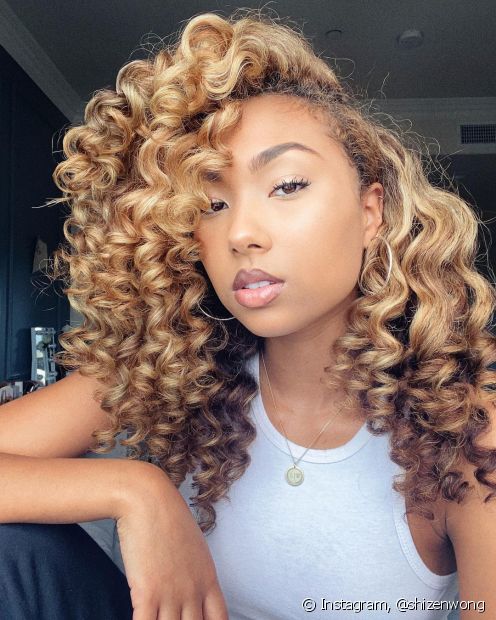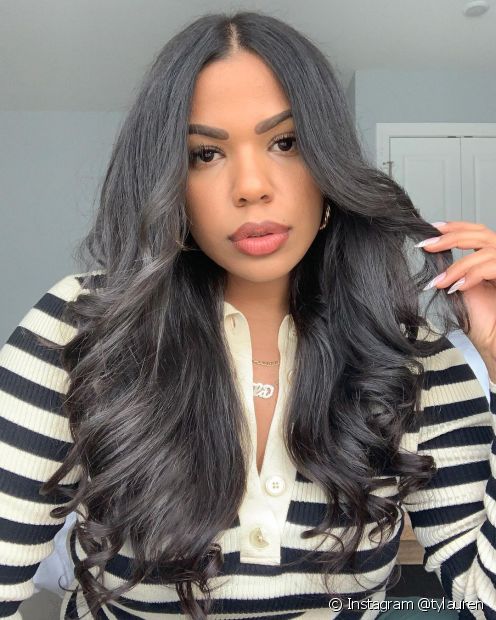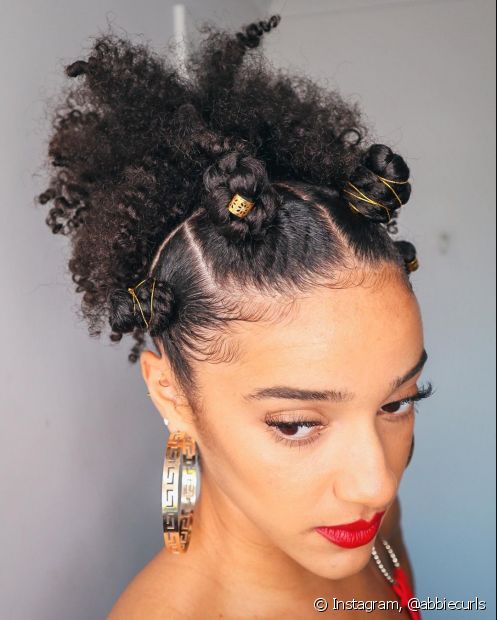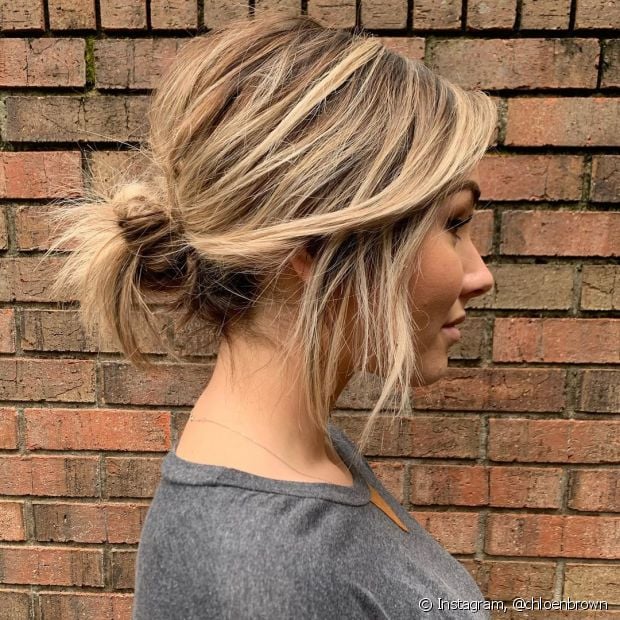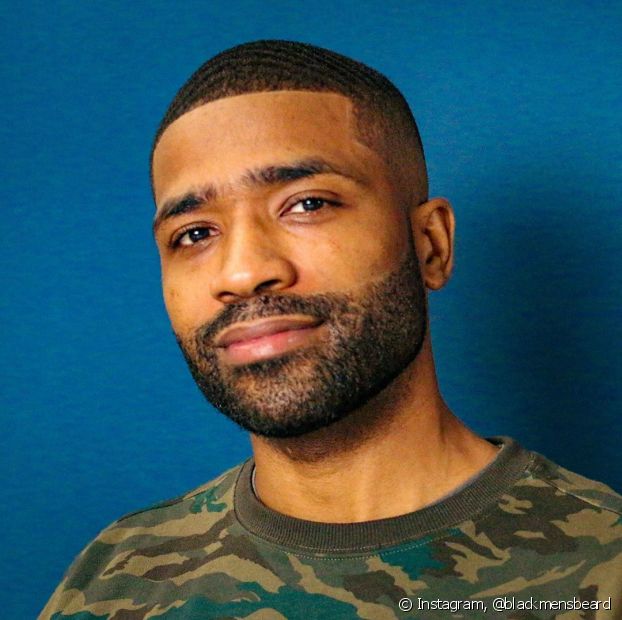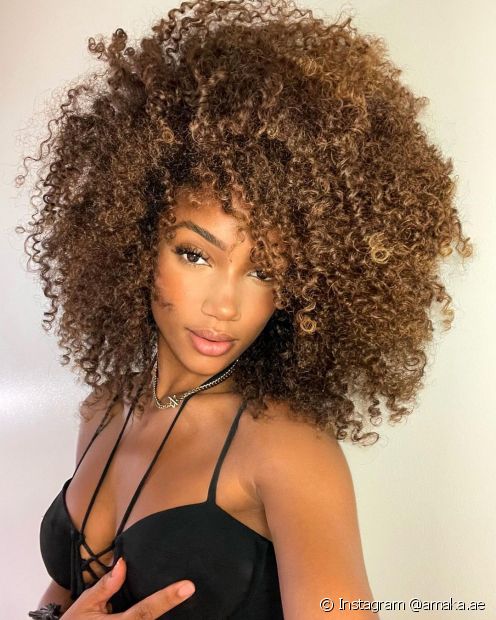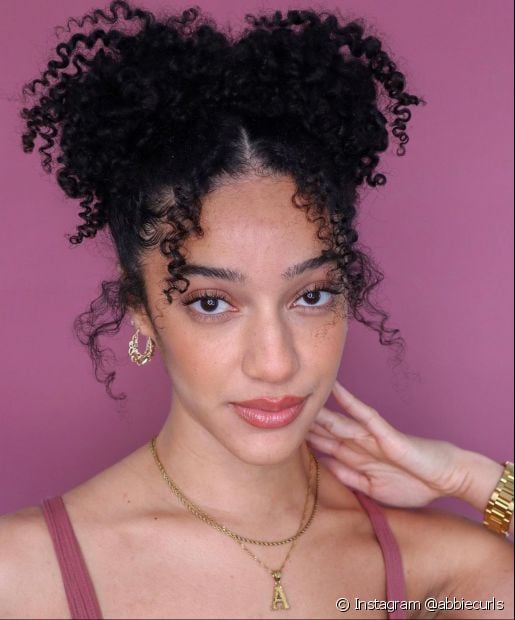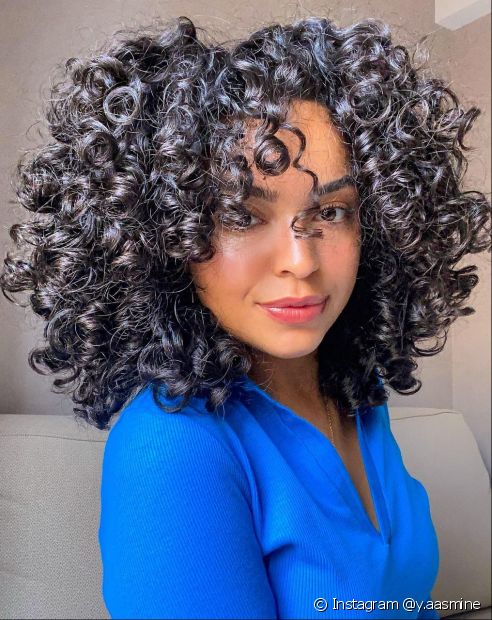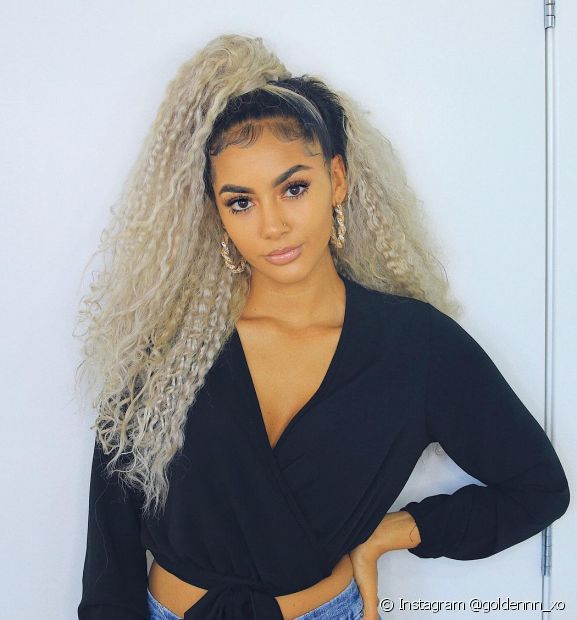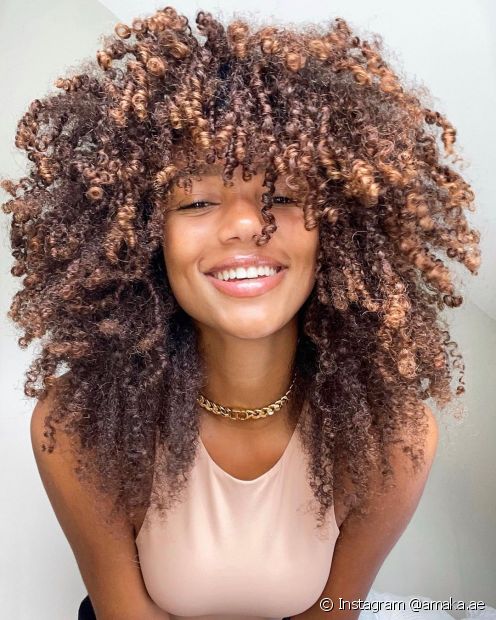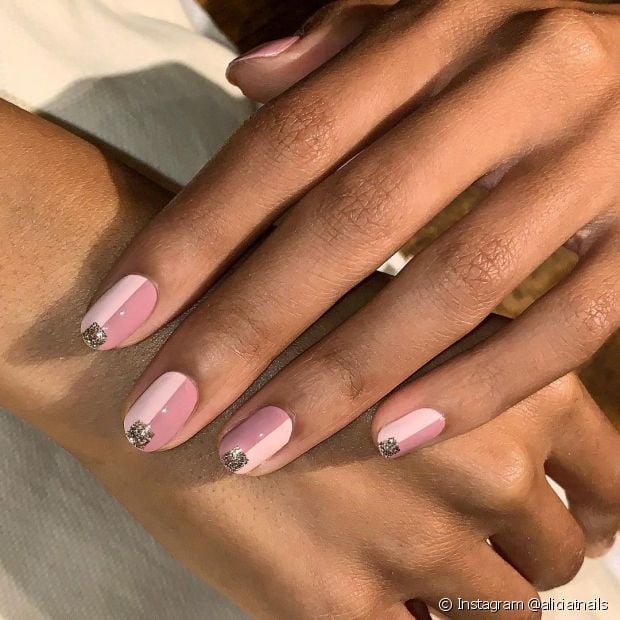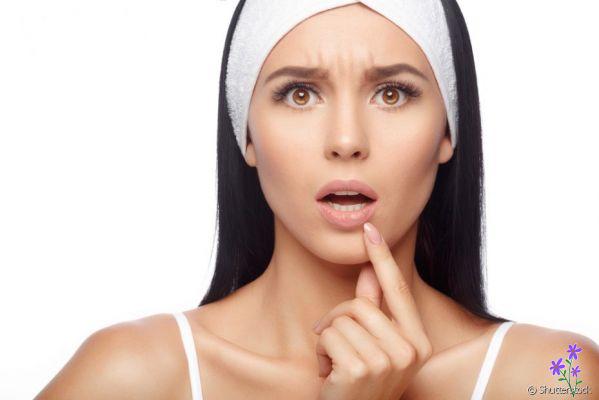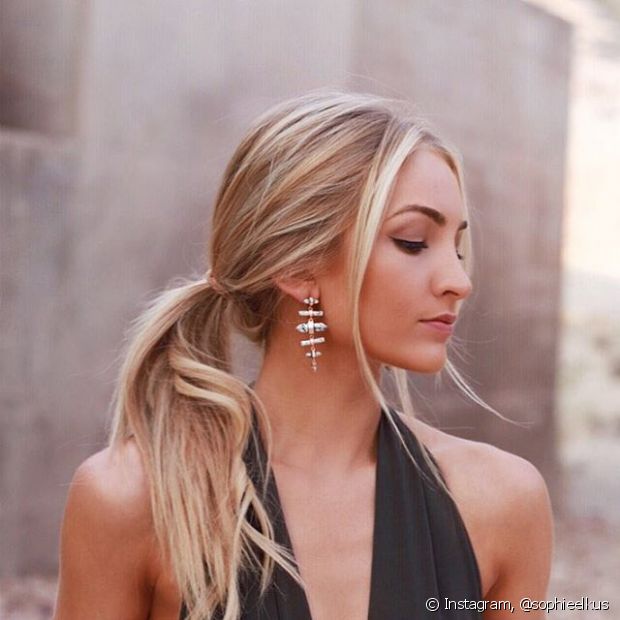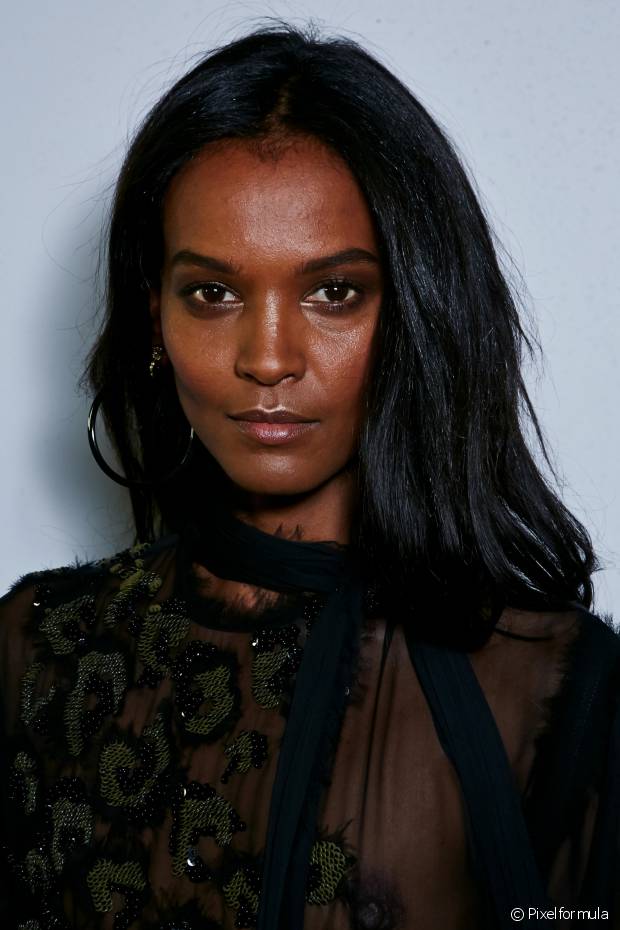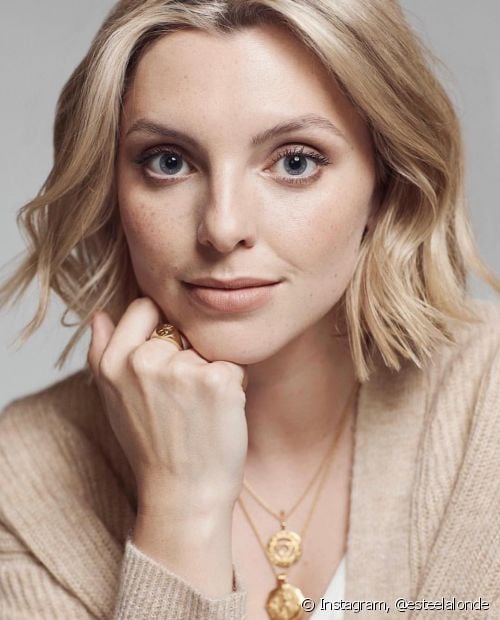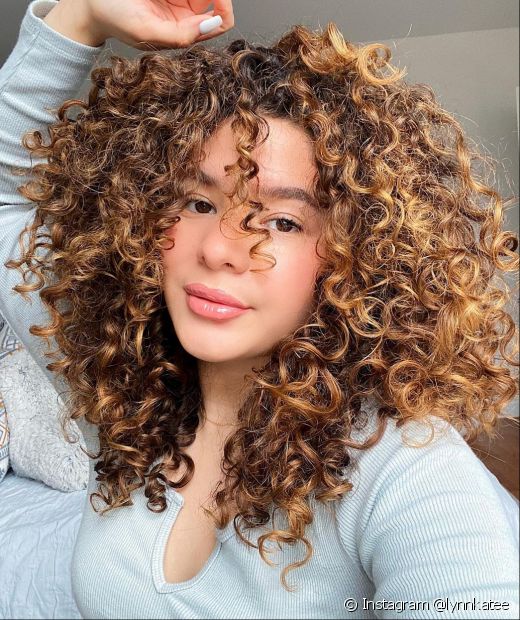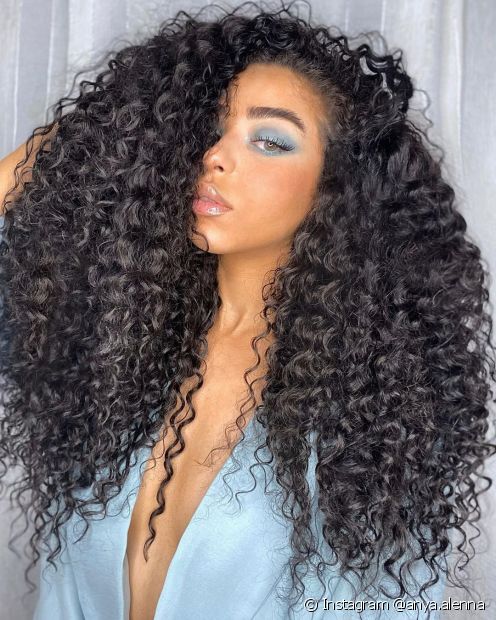12/ How to make the hair transition from straight to curly? Tips to get started

Don't know how to start hair transition? Check out some tips that can help you take the first step (Photo: Instagram @oliviahancock_)
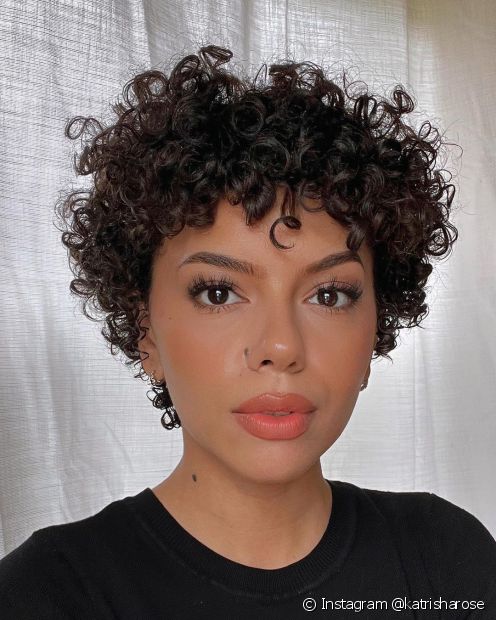
Figuring out the curvature of your curls is important for using the right hair schedule products (Photo: Instagram @katrisharose)
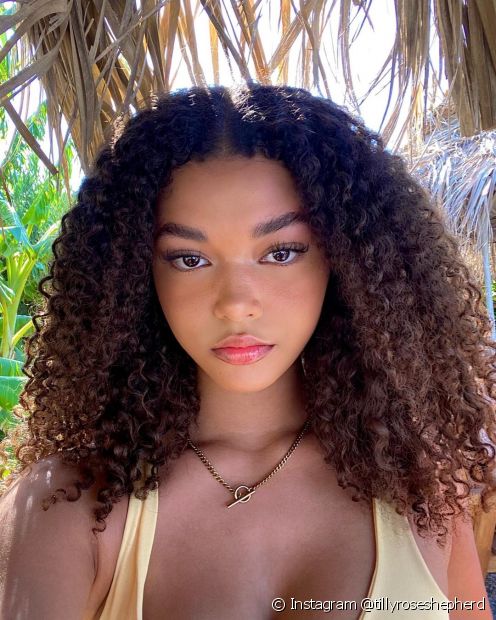
Nutrition mask with oils and curl finishers help in the hair transition process (Photo: Instagram @tillyroseshepherd)



diva tip
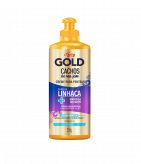
Cream for Combing Curls Your Way
Explore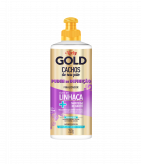
Curls of Your Way Definition Pudding
Explore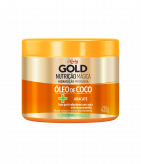
Niely Gold Magic Nutrition Concentrated Mask 430g
ExploreThe capillary transition from straight to curly is a subject that raises many questions. For this reason, those who decide to take on curls for good may have a little difficulty knowing when and how to start. In this initial phase, the most important thing is to seek as much information on the subject as possible, especially what are the essential care and products at each stage. It is worth noting that chemically altered strands do not return to their natural state overnight. So it's good to keep in mind that this is not a simple process and requires a lot of persistence.
If you want to abandon chemistry, but don't know how to make the hair transition from straight to curly, Fica Diva has separated some tips that will help you take the first step.
What is hair transition?
The capillary transition consists of letting the hair grow naturally without chemical intervention. You can start the process at any time, just give up procedures that change the structure of the threads. The movement has gained strength in recent years and has encouraged more and more people to assume their curls.
Hair in capillary transition undergoes a series of transformations. Due to the growth of the root, the wires can have smooth, wavy, curly and curly parts at the same time. Some people decide to cut the entire length chemically, while others prefer to take it off gradually. There is no rule on how to go through hair transition. Each one lives the experience the way they feel most comfortable.
The main recommendation for all hair in transition is to invest in a care routine that includes hydration, nutrition and reconstruction. The method is known as capillary schedule and helps to strengthen the strands so that the curls grow strong and healthy.
A post shared by Lilas (Lee Lah) (@lilasmia)
Make peace with your natural hair
Before abandoning chemical procedures and assuming natural hair for good, it is very important to be sure of your decision. The transition from smooth to curly or curly is an intimate process that involves self-knowledge, breaking paradigms and, above all, self-esteem.
Normally, those who spend a lot of time with straightened hair tend to feel a big difference with the return of the curls, especially with regard to the care routine. The difficulty of adapting to the new look can discourage some people, who end up giving up halfway through.
So, be aware of all the hair transition challenges and don't get carried away by other people's opinions. The return of curly hair requires a lot of focus, persistence and determination. When you are sure of what you want, the process becomes easier and nothing is able to divert you from your goal.
A post shared by NaturalRootSista (@naturalrootsista)
Talk to a hairstylist who specializes in curly hair
Although the internet is full of tips on how to start the hair transition, it is worth talking to a good hairdresser. A trained professional will help you better understand what your hair needs are and which treatments you should invest more in. In addition, an expert on the subject can still give you guidance on how to set up a hair schedule and the best products to use during the process. Therefore, give preference to hairdressers specializing in curly hair.
Another advantage of talking to a hairdresser is to receive indications on how to disguise the two textures during the transition. Until the chemistry completely comes out of the strands, your hair will have straight and curly parts at the same time. At this stage, it is interesting to bet on some techniques to define the curls. The professional can also suggest cutting options for the hair transition phase, such as the big chop or the layered cut.
A post shared by Tali Tepuke (@talitepuke)
Find out how thick your hair is
The types of curls are defined according to their curvature. Knowing which group your hair falls into makes all the difference in the hair transition process from straight to curly. This detail is relevant because each wave has characteristics that determine the care and products needed for the threads. The treatments indicated for well-defined curly hair, for example, do not have the same effect on locks with more open curls.
To identify your curl type, look at your unfinished hair. At first, you may have a little trouble figuring out which curvature, but as the chemistry comes out, it gets easier. Just observe the predominant ripple in the natural part. That way, you'll be able to determine which curly hair types your locks will fit. Use the curvature table as a parameter. The list features wavy, curly, and curly types, each separated into three categories.
A post shared by Tashi (@tashimrod)
Hair in capillary transition: what to do?
Hair in capillary transition needs extra care. Straightening processes damage the wires and remove most of the nutrients that guarantee health and strength to the locks. For this reason, it is necessary to have a good capillary schedule throughout the entire transition process. The essential treatments at this stage are reconstruction, nutrition and hydration. Bet on a mask, hair cream and a good hair oil to set up your schedule.
Hair transition products must restore the nutrients that hair needs. One tip is to bet on masks formulated with coconut oil, one of the greatest allies in the recovery of damaged and lifeless hair. Niely Gold Nutrição Mágica Concentrated Mask returns nutrients and lipids to hair. The combination of coconut oil and avocado ensures health and hydration, leaving the hair soft and with an incredible shine.
To help with definition, the ideal is to use a combing cream line for hair transition. The Cachos do Seu Jeito cream combines the nutrition of linseed oil with the powerful hydration of shea butter. The product offers softness, volume and definition in the right measure, in addition to a protective shield system, with anti-frizz technology, anti-pollution and thermal protection for the hair.
A post shared by TILLY-ROSE (@tillyroseshepherd)




